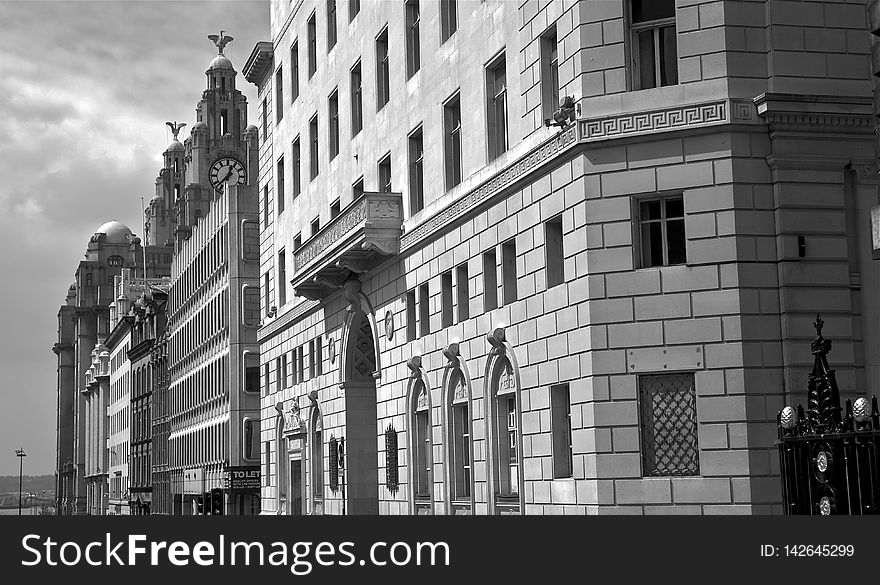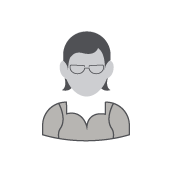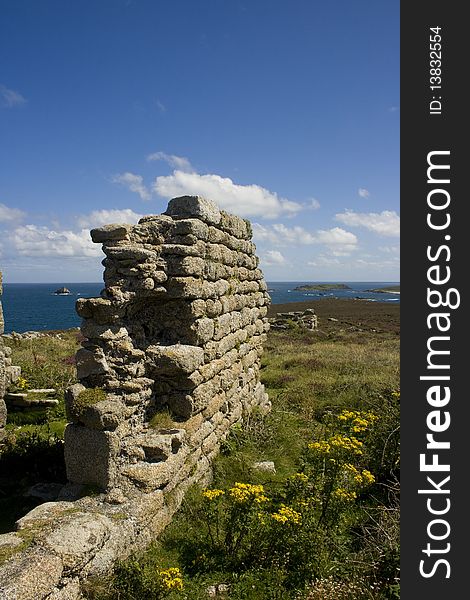
You can use this free image under the Creative Commons Zero (CC0) public domain license. Support our free section by adding a credit line next to the photo in your design. A suggestion is provided under the title.
MARTINS BANK LIVERPOOL
Martins Bank Limited was a Liverpool-based British finanical services company that was taken over by Barclays Bank in 1969. The company has its origins in the 16th century and was said to have been founded by Sir Thomas Gresham, who began trading in Lombard Street under the sign of a grasshopper. After the Second World War it was the first bank to enter into partnership with a major retailer, opening banking concessions inside branches of the Lewis's department store chain. In 1918, the bank was acquired by the Bank of Liverpool, which had been founded in 1831 in Liverpool, England, and the name of the merged bank became the Bank of Liverpool and Martins Ltd. However, the name was shortened to Martins Bank Ltd in 1928. The change of name was at the insistence of the directors of the Lancashire and Yorkshire Bank, whose former HQ at 43 Spring Gardens Manchester became Martins' Manchester District Office. By 1928, the bank had expanded to some 560 branches and had a logo featuring a grasshopper, which was the crest of Sir Thomas Gresham, and a liver bird, the logo of the Bank of Liverpool. The combined coat of arms was duly registered by the College of Heralds. The heraldic description of the Coat of Arms is as follows: "Or, a Liver Bird (or Cormorant) Sable, holding in the beak a branch of Laver (or Seaweed) Vert, on a Chief of the third a Grasshopper of the first." Between 1958 and 1967 Martins Bank owned and operated Lewis's Bank which had branches in each of the Lewis's Department Stores and also in Selfridges in London. Lewis's Bank was sold to Lloyds Bank in 1967 and lasted until at least the 1980s. The last Lewis's department store (in Liverpool) closed in May 2010. A new headquarters building for Martins Bank Ltd was designed by the architect Herbert James Rowse in the Classical Revival style and constructed in 1932 in Water Street, Liverpool. Martins Bank Building, Liverpool. The bank was bought by Barclays Bank in 1969, when all of its seven hundred branches became branches of Barclays. Around 30 branches closed immediately, and ten were downgraded to sub-branches. Some, such as the sub-branch at Eaton, Norwich, Norfolk were brand new and handed over to Barclays on the day appointed by Act of Parliament for the merger of the two banks, 15 December 1969. The Martins grasshopper logo was retained for part of the combined business until the early 1980s, with "Martins Branch" and a small grasshopper appearing first on both statements and cheque books, later cheques Martins numbered among its customers a football pools company, a major airline and a world renowned shipping line. When these customers wanted to borrow large sums, Martins was known to have borrowed from other banks on a number of occasions to fulfil these requests. Even so, many who worked for the bank believed that Martins could have survived on its own, as at the time of takeover it was expanding its UK banking operation, and continuing a run of "firsts" which included: First in the north of England with a cash machine in 1967 First with mobile banks to provide banking to remote areas First with a drive-through bank in Leicester in 1959 and Epsom in 1966 First and only English bank to have a head office outside London First to recognise and embrace the swinging 60s in its advertising First to experiment with and then use a computer to operate current-account business First with a branch on the centre court at Wimbledon Women were contractually obliged to leave the bank upon marriage, and as late as 1965, men were not allowed to get married until their salary reached a prescribed level. Many of Martins' forms, and some procedures, were retained or later adopted by Barclays as being more advanced than their own. LIVERPOOL CITY CENTRE MAY 2012
© publicdomainstockphotos | Stock Free Images


